Get Buzzy: Bee Crafts for Kids
Explore the delightful world of bee-themed crafts perfect for kids! These fun projects not only inspire creativity but also instill a sense of environmental awareness while celebrating these essential pollinators. Imagine your little ones buzzing with excitement as they engage in activities that allow them to express their artistic side while learning about the crucial role bees play in our ecosystem. From vibrant paintings to imaginative costumes, there's a whole hive of activities waiting to be explored. So, let’s dive into the wonderful world of bee crafts and discover how these tiny creatures can spark big ideas!
Art is a fantastic way for children to express themselves, and what better way to do it than with bee-themed projects? Kids can create stunning bee paintings using bright yellows and blacks, or even make a bee collage with different materials like paper, fabric, and even recycled items. These artistic endeavors not only encourage creativity but also offer a unique opportunity to discuss the importance of bees in our environment. For instance, while painting, you can talk about how bees pollinate flowers, which in turn helps fruits and vegetables grow. It’s like a beautiful dance of nature that kids can visualize through their art! Plus, the joy of seeing their creations come to life is truly priceless.
Creating bee costumes can be an incredibly fun activity for kids, especially when they have dress-up events or school plays coming up. Imagine the delight on their faces when they transform into buzzing bees! This section is all about easy ideas for making adorable and creative bee outfits that will not only make them look cute but also ignite their imaginations. Crafting these costumes together can be a wonderful bonding experience, allowing parents and kids to collaborate and express their creativity. Whether it’s for a school project or just for fun, these bee costumes will surely make your child the star of the show!
One of the easiest and most enjoyable projects is crafting cute bee headbands. This project is perfect for younger children and allows them to get creative with colors and decorations. Picture your little ones wearing their handmade headbands, buzzing around the house with joy! Making these headbands is not only simple but also a great way to enhance fine motor skills as kids cut, glue, and decorate. Plus, it’s an excellent way to get them excited about bees!
To make bee headbands, you will need a few basic materials:
- Black and yellow construction paper
- Scissors
- Glue or tape
- A headband or a strip of paper for the base
- Markers or stickers for decoration
Follow these clear and concise instructions to create your bee headbands:
- Cut out two large circles from the black construction paper for the bee's body and two smaller circles from the yellow paper for the wings.
- Glue the yellow circles onto the black circles to create the bee's body.
- Attach the bee body to the headband or strip of paper.
- Decorate with markers or stickers to add personality!
- Let it dry, and your bee headband is ready to wear!
If you're looking for something a bit more elaborate, there are plenty of ideas for bee costumes suitable for Halloween or themed parties. Think about using yellow and black clothing, adding wings made from sheer fabric, and even cute antennae made from pipe cleaners. The possibilities are endless! Not only will kids enjoy wearing these costumes, but they’ll also learn about bees and their importance in our lives. It’s a win-win situation!
Engaging children with fun and informative activities that teach them about bees is a fantastic way to combine learning with hands-on fun. Imagine your child buzzing with excitement as they learn about the fascinating life cycle of bees through crafts that illustrate each stage. These activities not only enhance their understanding of nature but also foster creativity. It’s like turning learning into a delightful adventure!
Introduce kids to the fascinating life cycle of bees through crafts that illustrate each stage. They can create a visual representation of the life cycle, from egg to larva, pupa, and finally to a busy bee. This hands-on activity helps solidify their understanding of how bees grow and thrive in their environment.
Encourage imaginative play by having kids role-play as bees in a garden. This interactive activity helps them understand the importance of pollination in a fun and engaging way. They can pretend to gather nectar from flowers while learning how this process helps plants reproduce. It's a fantastic way to make learning about nature exciting!
To wrap up the bee-themed fun, why not share some interesting and surprising facts about bees? These facts can spark curiosity and promote awareness about their significance to our environment. Here are a few buzz-worthy facts:
- Did you know that bees can recognize human faces?
- A single bee can visit up to 2,000 flowers in one day!
- Honey never spoils; archaeologists have found pots of honey in ancient tombs that are over 3,000 years old!
Learning about bees can be enjoyable and engaging, and these fun facts can help kids appreciate the work these tiny creatures do to keep our ecosystem thriving.
Q: What age group are these bee crafts suitable for?
A: These crafts are designed for children of all ages, with some projects being more suitable for younger kids while others can challenge older children.
Q: Can these activities be done indoors?
A: Absolutely! Most of these crafts and activities can be easily adapted for indoor fun, making them perfect for rainy days.
Q: How can I incorporate learning into these crafts?
A: As you engage in these activities, take the time to discuss bee facts, their role in the environment, and the importance of pollination. This way, learning becomes a natural part of the fun!
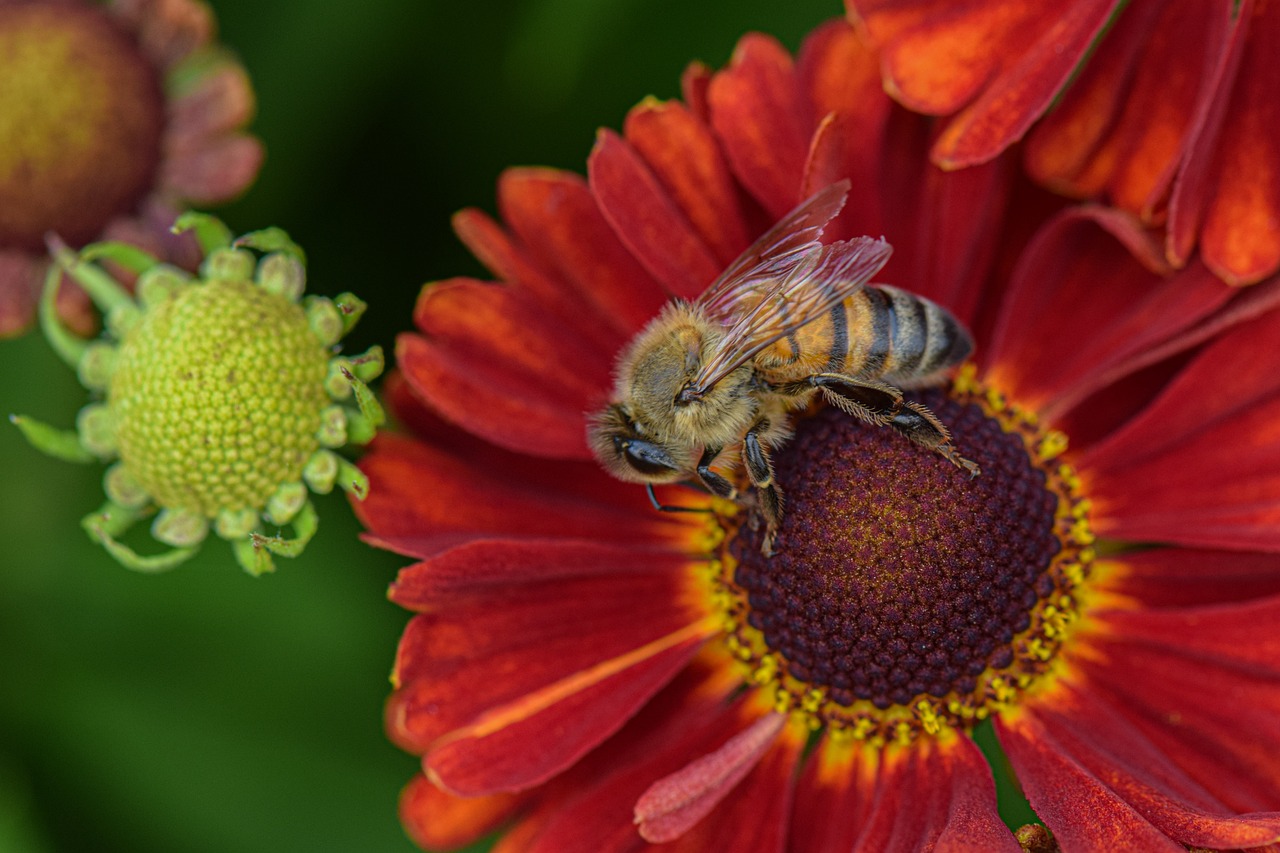
Bee-Themed Art Projects
Welcome to the buzzing world of ! These creative endeavors are not just about having fun; they're also a fantastic way for kids to express themselves while learning about the vital role bees play in our ecosystem. Imagine your little ones diving into the vibrant colors of yellow and black, crafting their own buzzing masterpieces that celebrate these essential pollinators! From painting to collage, the possibilities are endless, and the best part? Every project can spark curiosity about nature and the environment.
Let’s start with painting. Kids can paint their own bee pictures using watercolors, acrylics, or even finger paints! Encourage them to get creative by adding flowers, hives, or even a sunny sky. This not only enhances their artistic skills but also teaches them about the habitats where bees thrive. You can set up a mini art gallery at home to showcase their artwork, making them feel like true artists. How cool is that?
Another exciting project is making bee collages. Gather materials like colored paper, magazines, and even natural elements like dried flowers or leaves. Kids can cut out bee shapes, flowers, and other related items to create a vibrant collage. This activity not only promotes fine motor skills but also stimulates their imagination. As they glue pieces together, they can discuss what they know about bees and their importance in pollination.
For those who enjoy a bit of crafting, consider creating bee puppets. Using simple materials like paper bags or socks, kids can transform everyday items into adorable bee characters. They can decorate their puppets with googly eyes, pipe cleaners, and markers, bringing their creations to life! Once their puppets are ready, they can put on a little show, teaching others about bees while having a blast.
Lastly, don’t forget about nature art. Take a trip to your local park or garden and collect leaves, twigs, and flowers. Back at home, kids can arrange these natural materials to create stunning bee-inspired art pieces. This project not only connects them with nature but also reinforces the idea of environmental stewardship—a crucial lesson in today’s world.
With these bee-themed art projects, your kids will not only unleash their creativity but also cultivate a deeper appreciation for the environment. So, grab those art supplies and let the buzzing begin!
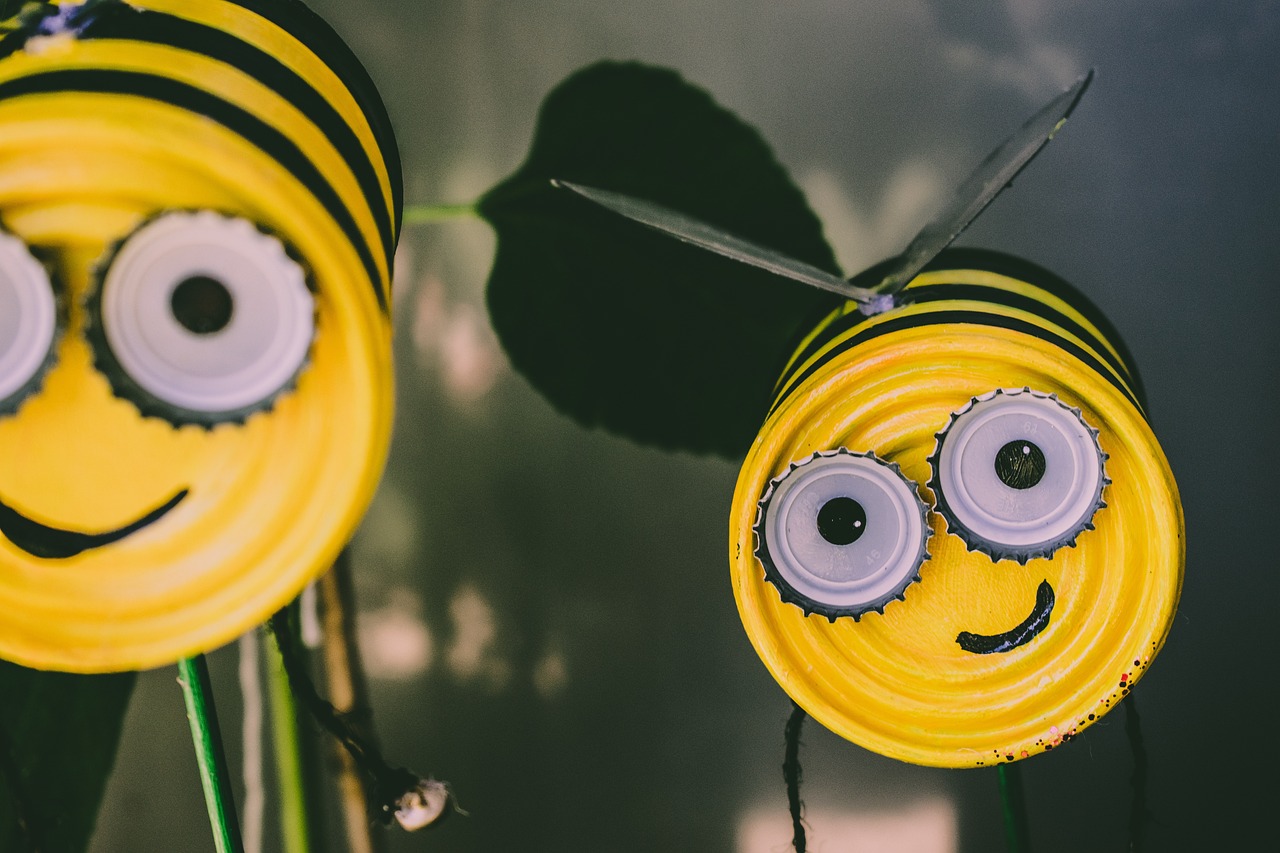
DIY Bee Costumes
Creating bee costumes can be an exciting and engaging activity for kids, especially when it comes to dress-up events or school plays. Not only do these costumes allow children to express their creativity, but they also help them learn about the importance of bees in our ecosystem. Imagine your little one buzzing around in a cute bee outfit, spreading joy and awareness about these essential pollinators! Whether it’s for Halloween, a themed party, or just for fun, DIY bee costumes are a fantastic way to combine creativity with education.
One of the best parts about making bee costumes is that they can be simple or elaborate, depending on the time and materials you have. For younger kids, starting with basic elements like headbands and wings can be a great way to ease into costume-making. On the other hand, older kids might enjoy the challenge of creating a more detailed outfit that includes stripes, antennae, and even fuzzy textures. The possibilities are endless!
To kick things off, let’s dive into making simple bee headbands. This project is perfect for younger children and allows them to get creative with colors and decorations. All you need are some basic materials, and you’ll be ready to buzz in no time!
- Black and yellow craft foam or felt
- Headband (plain or covered with fabric)
- Googly eyes
- Craft glue or hot glue gun (with adult supervision)
- Scissors
- Pipe cleaners (for antennae)
Here’s a quick guide to help your kids create their very own bee headbands:
- Cut the Stripes: Start by cutting strips of black and yellow craft foam or felt. Aim for equal widths to create a striped pattern.
- Glue the Stripes: Using craft glue, attach the strips alternately onto the headband, ensuring they wrap around the entire band.
- Add the Eyes: Glue two googly eyes onto the front of the headband to give it a fun and whimsical look.
- Create Antennae: Bend two pipe cleaners into antennae shapes and attach them to the top of the headband using glue or by twisting them around the band.
- Let it Dry: Allow the glue to dry completely before wearing the headband.
Now, your child is ready to buzz around in style! This headband can be paired with simple black clothing to complete the bee look. Remember, the key to a great costume is to have fun and let creativity flow!
For those special occasions like Halloween or themed parties, you might want to explore more elaborate bee costume ideas. Think of adding a fuzzy yellow and black tutu or a full-body bee suit that can be easily created using a black shirt and yellow pants. You can even make wings out of cardboard or lightweight fabric, giving your child the ability to truly embody the spirit of a bee!
Creating DIY bee costumes is not just about the final product; it’s about the experience and the memories made along the way. So gather your craft supplies, get your kids involved, and let your imaginations take flight!
Q: What age is appropriate for making bee costumes?
A: Kids of all ages can participate! Younger children may need adult supervision, especially when using scissors or glue.
Q: Can we reuse materials for future projects?
A: Absolutely! Many materials like fabric scraps or craft foam can be reused for other arts and crafts projects.
Q: Are there any safety tips while crafting?
A: Always supervise young children with sharp objects and hot glue. It's also a good idea to use non-toxic materials whenever possible.
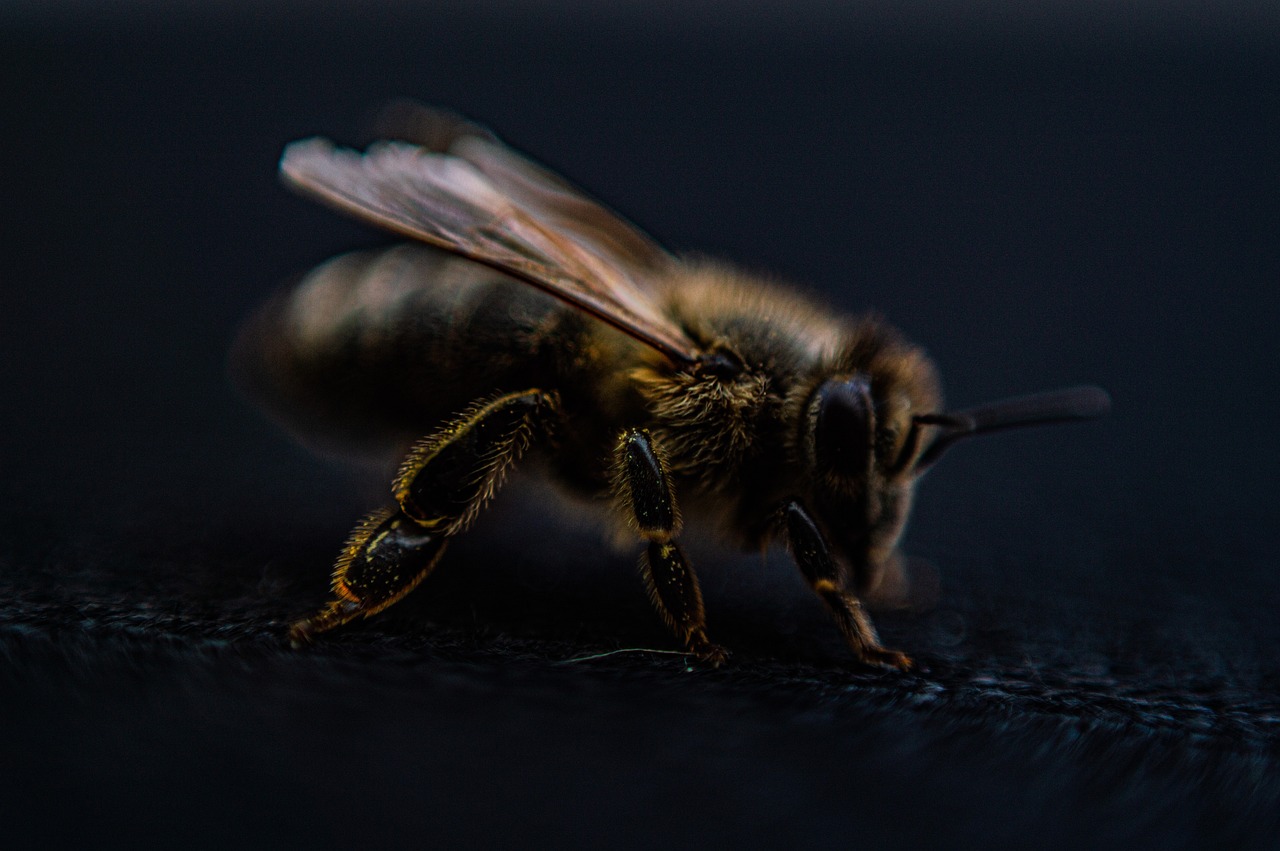
Simple Bee Headbands
Creating bee headbands is an exciting and imaginative way for kids to express their love for these amazing pollinators. Not only are they a fun craft project, but they also serve as a fantastic accessory for dress-up days, school plays, or even just a sunny afternoon in the backyard. Imagine your little ones buzzing around, proudly wearing their handmade headbands, feeling like the cutest bees in the garden! This project is simple enough for younger children, yet it allows for plenty of creativity, ensuring that each headband is as unique as its creator.
To get started, you'll need a few basic materials that are easy to find around the house or at your local craft store. Here's a quick overview of what you might need:
- Black and yellow construction paper
- A plain headband (preferably black)
- Glue or a glue stick
- Scissors
- Markers or crayons for decoration
- Optional: Googly eyes, glitter, or other embellishments
Once you've gathered your materials, the fun really begins! The process of making bee headbands can be as enjoyable as wearing them. Start by cutting out large oval shapes from the yellow construction paper for the bee's body and smaller black ovals for the stripes. Kids can then glue these pieces onto the headband, alternating colors to create a striking pattern. Encourage them to add their personal touch with markers or other decorations. Perhaps they want to draw little flowers or even write their name on it—let their creativity run wild!
Now, let’s talk about the headband itself. If you want to make the headband even more bee-like, consider adding some adorable antennae. This can be done by cutting two strips of black construction paper and curling them slightly. Attach these to the top of the headband using glue, and voilà! You have a buzzing bee headband that’s ready for action. This simple project not only fosters creativity but also enhances fine motor skills as kids cut, glue, and assemble their headbands.
Remember, the key to this craft is to have fun and enjoy the process. Encourage the kids to be as bold and colorful as they want—after all, bees are vibrant creatures! Once they're done, they can wear their creations proudly while learning about the importance of bees in our ecosystem. So, get buzzing, and let the crafting begin!
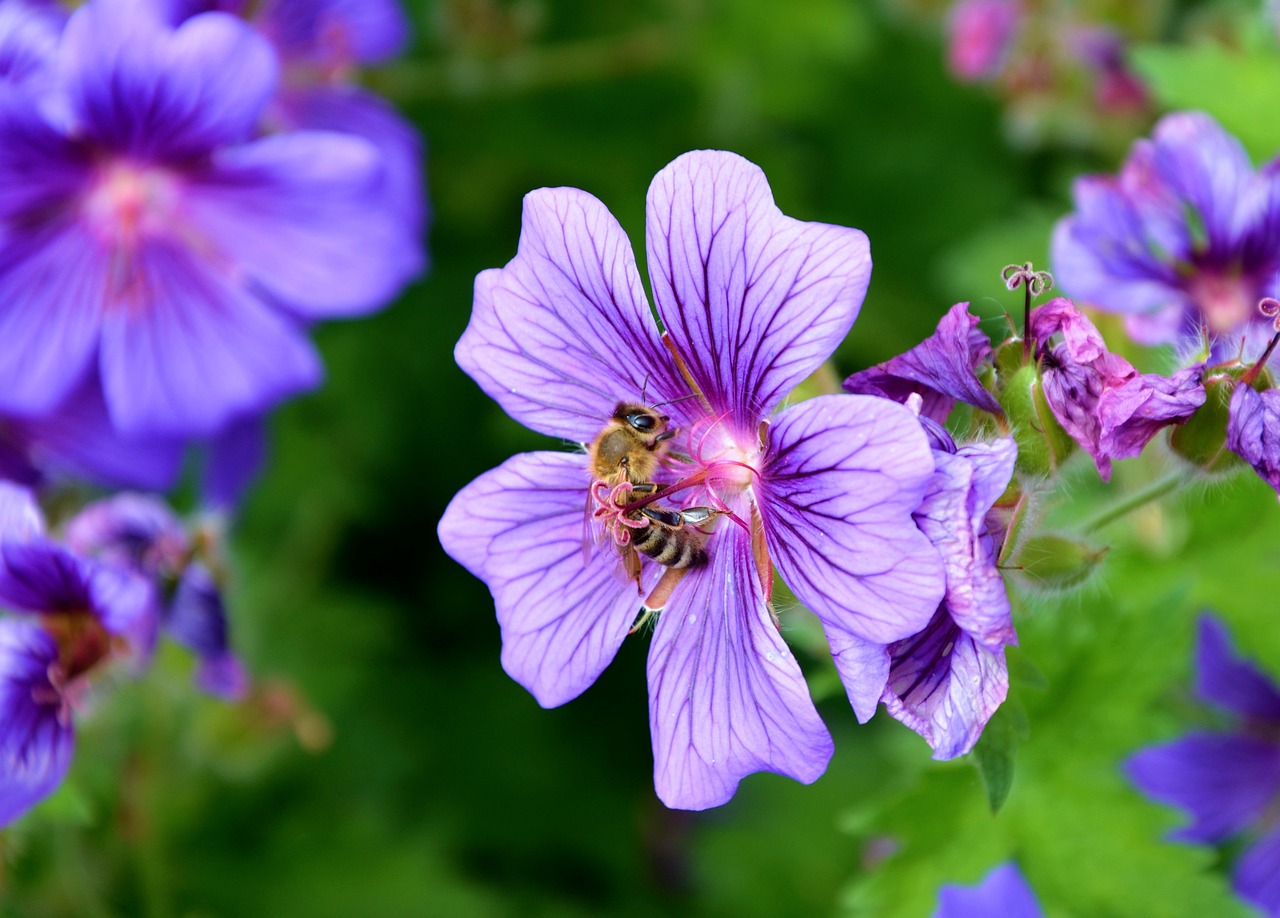
Materials Needed
To create your adorable bee headbands, you'll need a few basic materials that are easy to find around the house or at your local craft store. Gather the following items to ensure you have everything ready for this fun and creative project:
- Black and Yellow Construction Paper: These colors are essential for crafting the classic bee stripes.
- Headband: A plain, flexible headband serves as the base for your bee headpiece.
- Glue or Tape: You'll need a strong adhesive to attach your bee decorations securely.
- Scissors: A pair of scissors will help you cut out the bee shapes and stripes.
- Googly Eyes: These fun additions will bring your bee to life with a playful touch.
- Pipe Cleaners: Perfect for creating antennae, these can be bent and shaped easily.
- Markers or Crayons: Use these to add personal touches and details to your bee design.
Once you’ve gathered these materials, you’re ready to embark on your crafting adventure. The beauty of this project lies in its simplicity and the ability to customize each headband. You can mix and match colors, add glitter for some sparkle, or even create a whole swarm of bees with different patterns. The only limit is your imagination!
So, roll up your sleeves, grab those materials, and let’s get buzzing with creativity!
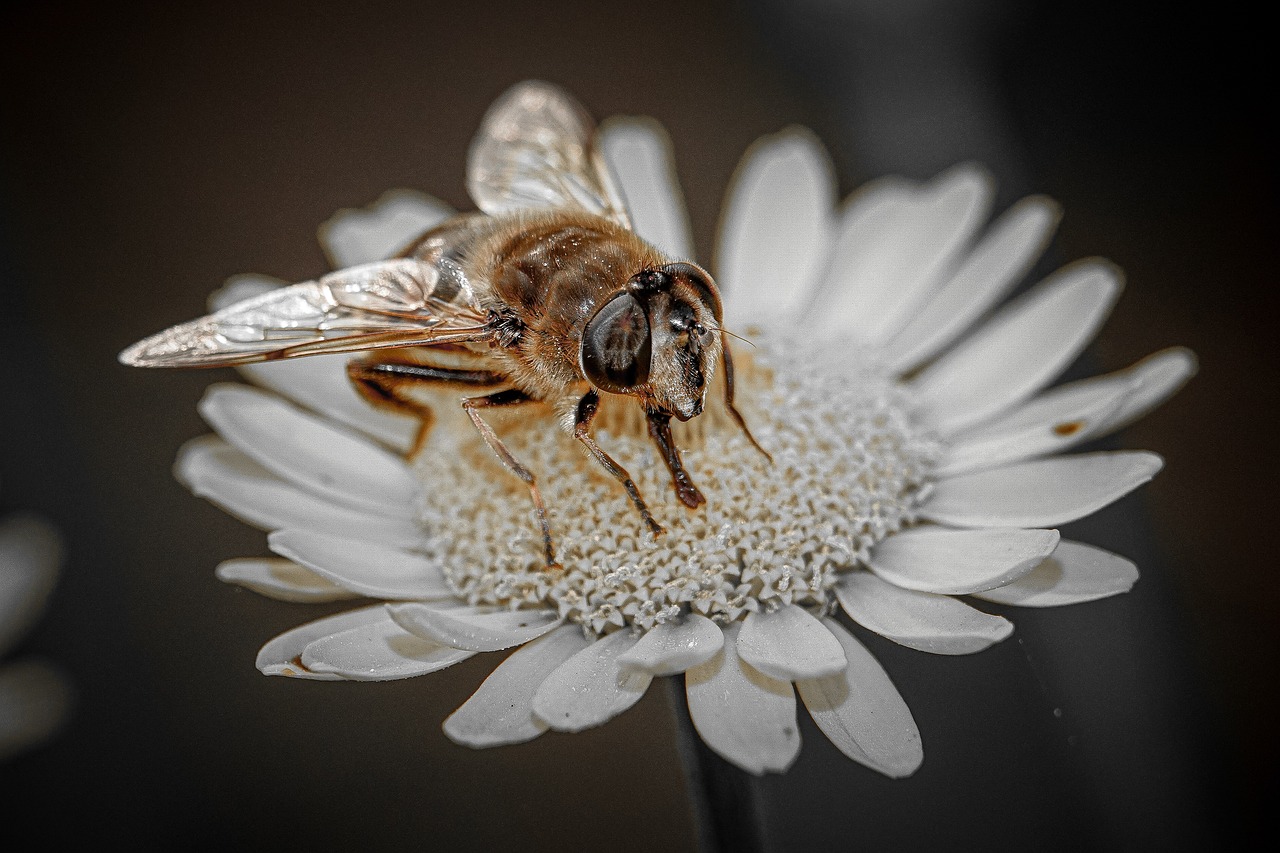
Step-by-Step Instructions
Creating your very own bee headband is not only a delightful craft but also an exciting way to express creativity. To get started, gather your materials. You’ll need a plain headband, yellow and black construction paper, scissors, glue, and some decorative items like glitter or stickers to add a personal touch. Once you have everything ready, follow these simple steps:
First, take your yellow construction paper and cut out two large circles. These will serve as the bee's body. Next, cut out smaller black circles to create the bee’s stripes. Make sure to cut enough stripes to give your bee a lively appearance! Now, using the glue, attach the black circles onto the yellow circles, ensuring they are evenly spaced. This is where your creativity shines—feel free to mix up the sizes or even add a little sparkle with glitter!
Once your bee body is complete, it’s time to assemble your headband. Take the plain headband and glue the yellow bee body onto the top center of the headband. For added flair, you can create antennae using pipe cleaners. Simply cut two pieces of pipe cleaner, bend them into a loop, and glue them to the top of the bee body. This gives your bee headband a fun, 3D effect that truly brings it to life!
Now, let’s talk about the finishing touches. You can add little wings made from transparent plastic or even paper. Cut out two wing shapes and attach them to the back of the bee body with glue. If you want to make it even more festive, consider decorating the headband with flowers or additional stickers. This is where you can let your imagination run wild!
Finally, allow your headband to dry completely before wearing it. Once it’s ready, put it on and buzz around like the fabulous bee you’ve just created! Not only will you have a fantastic accessory for dress-up events, but you’ll also have a fun story to share about how you made it.
In case you have any questions about the process, here are some frequently asked questions:
- Can I use different colors for the bee?
Absolutely! While yellow and black are classic bee colors, feel free to experiment with other shades to create a unique look. - What if I don’t have construction paper?
You can use any paper you have at home, including wrapping paper or old magazines. Just be creative! - How long does the headband take to make?
Typically, it takes about 30 minutes to an hour, depending on your crafting speed and the decorations you choose.

Bee Costumes for Special Occasions
When it comes to special occasions like Halloween or themed parties, nothing quite compares to the charm and buzz of a bee costume! These costumes not only allow kids to embrace their creativity but also provide a fantastic opportunity to educate them about the importance of bees in our ecosystem. Imagine the delight on your child's face as they flutter around in a costume that embodies these essential pollinators!
Creating a bee costume can be as simple or as elaborate as you want it to be. For a quick and easy option, consider a classic black and yellow striped outfit. You can either buy a ready-made bee suit or easily make one at home with some fabric or even old clothing. Pair it with some wings and a headband adorned with antennae, and your little one is ready to take flight! If you’re feeling crafty, you can add some personal touches like glitter or fabric paint to make the costume truly unique.
For those who want to take it up a notch, think about incorporating accessories that enhance the bee theme. Here are a few ideas:
- Bee Wings: Craft wings using black and yellow tulle or felt. Attach them to a simple backpack or create shoulder straps for easy wear.
- Bee Antennae: Use a headband and pipe cleaners to create cute antennae. You can even add small pom-poms at the ends for a fun touch!
- Bee Pollen Basket: Craft a small basket using a paper plate to carry around candy or treats, resembling how bees collect pollen.
Whether your child is participating in a school play, a costume contest, or just wants to stand out at a party, a bee costume is sure to make a buzz! Plus, it’s a wonderful way to encourage discussions about environmental awareness and the vital role that bees play in our food chain and ecosystem. So, gather your materials, let your imagination soar, and get ready for a day full of fun and creativity!
Q1: What materials do I need to make a bee costume?
A: You will need black and yellow fabric or clothing, a headband, pipe cleaners, tulle or felt for wings, and any additional decorations like glitter or pom-poms.
Q2: How can I make bee wings at home?
A: You can make bee wings by cutting out wing shapes from tulle or felt and attaching them to a backpack or using elastic straps to wear them comfortably.
Q3: Can I use recycled materials for the bee costume?
A: Absolutely! Old black and yellow clothing, cardboard, and even plastic bottles can be repurposed to create a unique and eco-friendly bee costume.
Q4: Are bee costumes suitable for all ages?
A: Yes! Bee costumes can be adapted for all ages, from toddlers to adults. Just adjust the size and complexity of the costume based on the wearer's age and preferences.

Bee-Themed Educational Activities
Engaging kids in is a fantastic way to blend fun with learning. These activities not only entertain but also enlighten children about the crucial role that bees play in our ecosystem. Imagine your little ones buzzing around, fully immersed in the world of bees while grasping important concepts about nature and sustainability! It’s like turning your living room into a mini beehive of knowledge and creativity.
One exciting way to introduce children to the life cycle of bees is through crafts that visually depict each stage. For instance, you can create a simple craft project using paper plates to represent the different phases: egg, larva, pupa, and adult bee. As they glue on pieces of yellow and black paper to create their bees, they’ll learn about the transformation that these amazing creatures undergo. This hands-on approach not only makes learning memorable but also sparks their curiosity about nature.
Another engaging activity is pollination role play. Kids can dress up as bees and flowers, and simulate the pollination process. You can set up a garden in your backyard or living room using colorful paper flowers and have the children buzz around, pretending to collect nectar. This interactive play helps them understand the importance of bees in our ecosystem while fostering teamwork and creativity. Plus, it’s a great way to get them moving and laughing!
To further enhance their understanding, consider incorporating some fun bee facts into your activities. Here’s a quick table of interesting bee facts that you can share with the kids:
| Fact | Description |
|---|---|
| Bee Communication | Bees communicate through dances to inform others about the location of flowers. |
| Honey Production | It takes about 12 bees their entire lifetime to make just one teaspoon of honey! |
| Pollination Power | Bees are responsible for pollinating 1/3 of the food we eat, including fruits and vegetables. |
By sharing these facts, you can ignite a sense of wonder and appreciation for these tiny yet mighty creatures. Kids love to learn surprising things, and these facts can serve as great conversation starters.
Incorporating bee-themed educational activities into your child’s routine not only fosters a deeper understanding of nature but also encourages them to become environmentally conscious individuals. So, whether they’re crafting, role-playing, or simply buzzing with excitement over bee facts, they’re sure to have a blast while learning!
Q: Why are bees important to the environment?
A: Bees play a vital role in pollinating plants, which is essential for food production and maintaining healthy ecosystems.
Q: How can I teach my kids more about bees?
A: You can engage them in bee-themed crafts, educational games, and interactive role-playing activities that illustrate the life cycle and importance of bees.
Q: What are some simple bee crafts I can do with my kids?
A: Some easy projects include making bee headbands, creating bee life cycle crafts, and crafting bee-themed artwork using various materials.
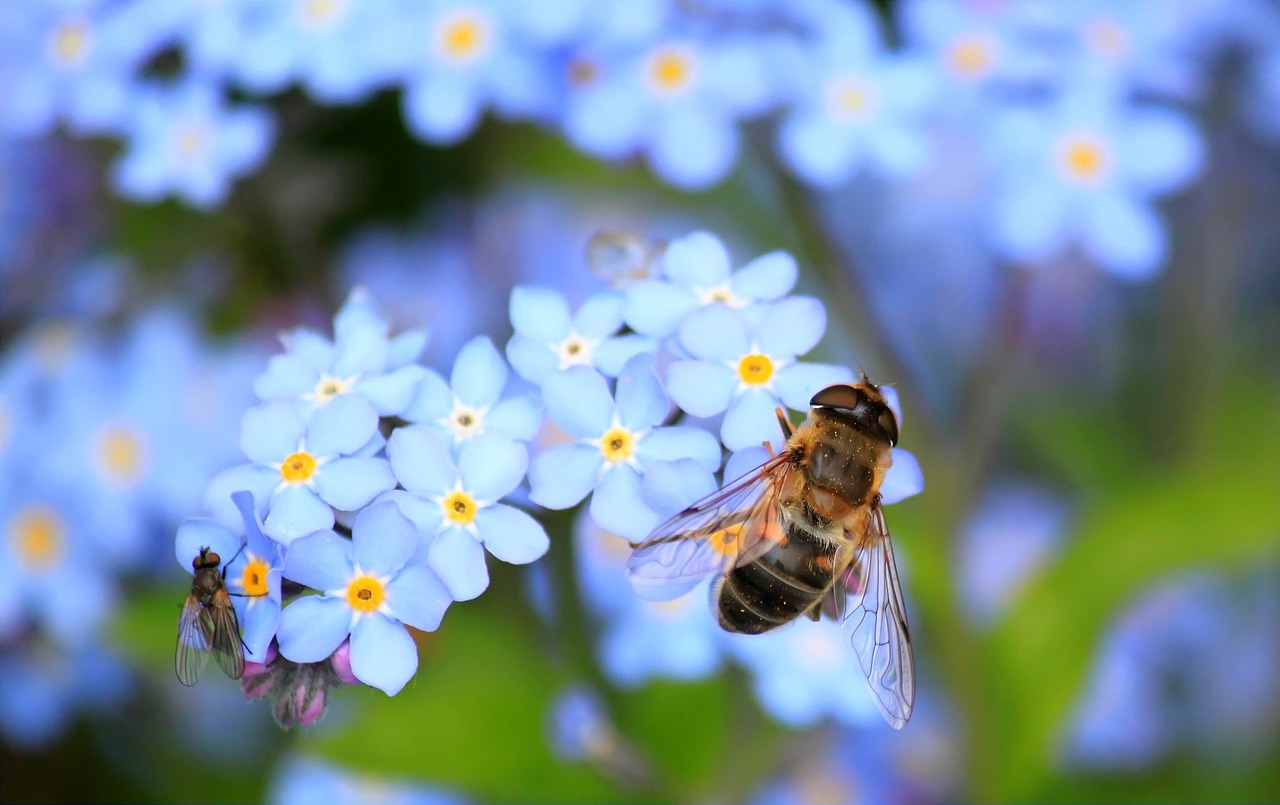
Bee Life Cycle Crafts
Introducing children to the fascinating life cycle of bees can be both educational and fun! With a little creativity, kids can engage in hands-on crafts that illustrate each stage of a bee's life, from egg to adult. This not only enhances their understanding of nature but also encourages them to appreciate the vital role bees play in our ecosystem. Imagine your little one crafting a beautiful visual representation of the bee life cycle—it's like bringing a science lesson to life!
One exciting way to start is by creating a life cycle wheel. This interactive craft allows kids to spin through the different stages of a bee's life, making learning dynamic and engaging. To make this wheel, you will need some basic supplies like colored paper, scissors, and a brad fastener. As they assemble the wheel, children can color and label each stage, such as:
- Egg: The tiny beginnings of a bee.
- Larva: The growing stage, where the bee looks like a small white grub.
- Pupa: The transformation stage, where the larva develops into a bee.
- Adult Bee: The final stage, ready to contribute to the hive.
Another fantastic craft idea is to create a bee life cycle poster. Kids can draw or use printed images to depict each stage of the life cycle. This can be a collaborative project, where they work together to gather information and visuals, fostering teamwork and communication skills. Not only will they learn about bees, but they’ll also develop their artistic abilities as they design their poster.
In addition to these crafts, you can incorporate storytelling to deepen their understanding. Share fascinating facts about bees, such as how long they live in different stages or what they eat. This can spark discussions about the importance of bees in pollination and how they contribute to our food supply. It’s amazing how a simple craft can lead to a wealth of knowledge!
Finally, consider hosting a bee-themed craft day with friends or family. This can be a great way to engage multiple children in learning about bees while having fun. Set up different crafting stations, each focusing on a different aspect of the bee life cycle. This not only makes the learning process more interactive but also encourages social skills as they share ideas and creations.
Through these creative activities, children will not only grasp the concept of the bee life cycle but also develop a deeper appreciation for these essential pollinators. So gather those craft supplies, unleash your creativity, and let the buzz of learning begin!
Q: What materials do I need for bee life cycle crafts?
A: Basic materials include colored paper, scissors, glue, markers, and brad fasteners. You can also use printed images or stickers related to bees.
Q: Are these crafts suitable for all ages?
A: Yes! While some crafts may be easier for younger children, older kids can take on more complex projects, making it a fun learning experience for everyone.
Q: How can I incorporate learning into these crafts?
A: Share interesting facts about bees during the crafting process, or encourage kids to research and present what they learn about each stage of the bee life cycle.
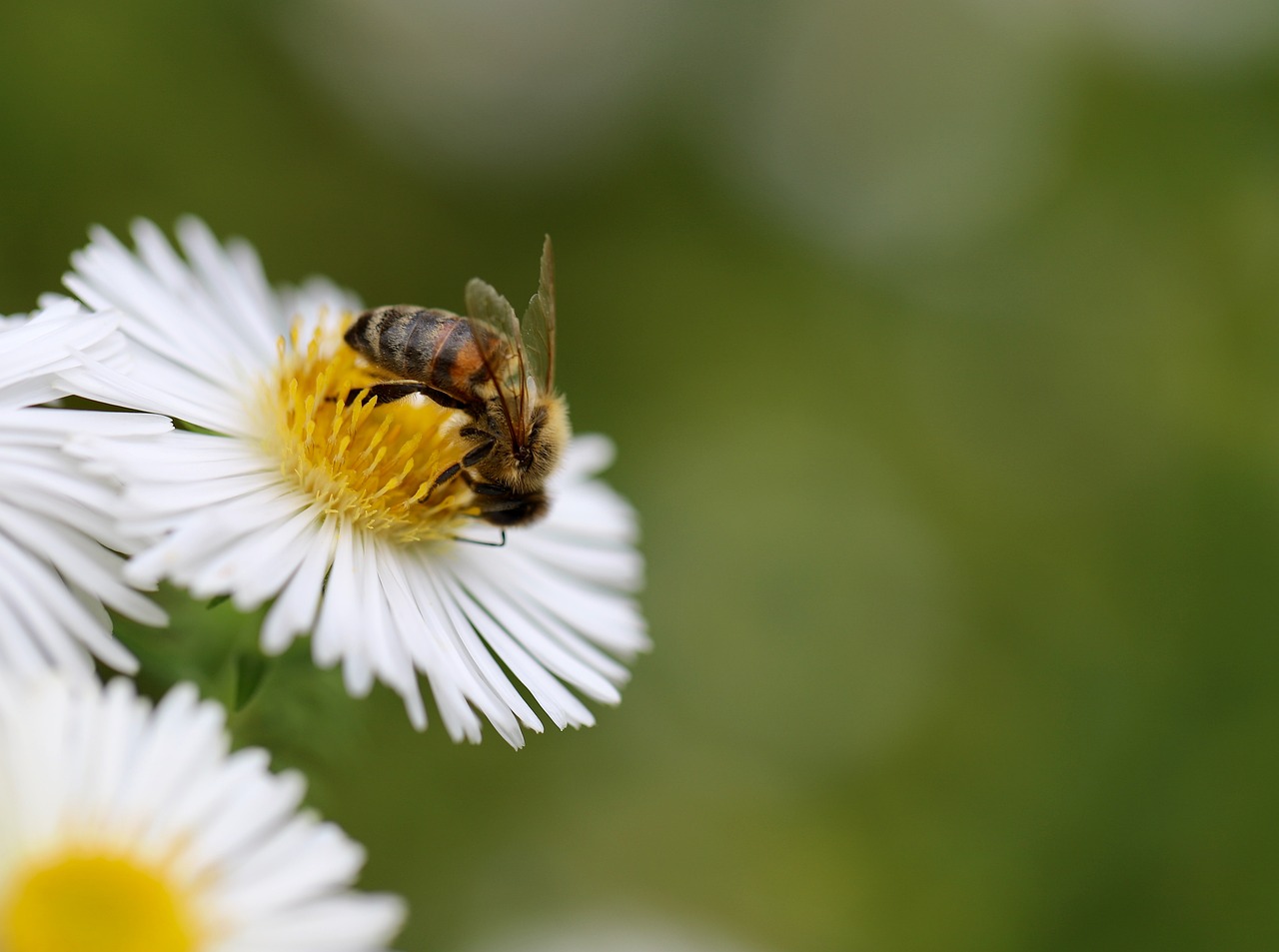
Pollination Role Play
Imagine this: the sun is shining, flowers are blooming, and the garden is buzzing with excitement! is a fantastic way for kids to immerse themselves in the world of bees while learning about their crucial role in nature. This engaging activity not only sparks creativity but also helps children understand the process of pollination in a fun and interactive way.
To get started, gather your little ones and transform your backyard or living room into a vibrant garden. Use colorful props like flowers made from paper or fabric, and perhaps even some stuffed animals to represent different insects. Kids can take turns playing the role of bees, fluttering from flower to flower, while others can act as the flowers waiting to be pollinated. This imaginative play allows them to visualize how bees transfer pollen, which is essential for plant reproduction.
While playing, encourage the children to ask questions and discuss what they observe. You might prompt them with questions like: “What happens when a bee visits a flower?” or “Why do you think bees are important for our food?” Such discussions can lead to fascinating insights about the interconnectedness of nature and the environment. Kids can also learn about different types of flowers and the specific bees that pollinate them, enhancing their knowledge of biodiversity.
To make the role play even more educational, consider incorporating a pollination chart that illustrates various plants and the bees that pollinate them. You can create a simple table like the one below:
| Flower | Bee Species |
|---|---|
| Sunflower | Honeybee |
| Bluebell | Bumblebee |
| Lavender | Solitary Bee |
| Wildflower | Leafcutter Bee |
By referencing this chart during their play, children can learn to identify various flowers and their pollinators, making the experience both fun and informative. Role-playing as bees not only enhances their understanding of the pollination process but also instills a sense of responsibility towards protecting these vital creatures and their habitats.
In conclusion, is an exciting way to blend education with fun. It encourages kids to explore the wonders of nature while fostering a love for the environment. So, gather your materials, let your imagination take flight, and watch as your kids buzz with excitement while learning about the bees that help our world thrive!
Q: What age group is suitable for pollination role play?
A: Pollination role play is suitable for children aged 4 and up, as it can be adapted to various developmental levels.
Q: How long should the role play activity last?
A: The duration can vary, but typically 30 minutes to an hour is a great time frame to keep kids engaged without losing interest.
Q: Can we do this indoors?
A: Absolutely! You can create a mini garden using indoor plants or even craft flowers from paper to set up your role play indoors.
Q: Is there a way to incorporate more learning into this activity?
A: Yes! You can follow up the role play with a discussion or a craft project, like making bee houses or planting flowers that attract bees.

Fun Bee Facts for Kids
Did you know that bees are not just buzzing around aimlessly? They play a crucial role in our ecosystem, and there are some truly fascinating facts about these little pollinators that can spark curiosity in kids. For instance, bees are responsible for pollinating about one-third of the food we eat. That's right! Without them, we would miss out on many of our favorite fruits and vegetables, like apples, almonds, and cucumbers. Imagine a world without honey or juicy strawberries—yikes!
Here's another fun tidbit: there are over 20,000 species of bees worldwide! While we often think of the common honeybee, many other types exist, each with unique characteristics. For example, the bumblebee is known for its fuzzy body and loud buzz, while the leafcutter bee is famous for its habit of cutting leaves to build its nests. Isn't it amazing how diverse these creatures are?
Bees also have a remarkable communication system. They perform a dance called the waggle dance to tell other bees where to find the best flowers. This dance is not just a random jig; it conveys information about the direction and distance of the food source. Kids can think of it as a secret code that only bees understand! This fascinating behavior highlights the intelligence and teamwork of these insects.
Here's a surprising fact: honey never spoils! Archaeologists have found pots of honey in ancient Egyptian tombs that are over 3,000 years old and still perfectly edible. This is due to honey's unique composition and low moisture content, which makes it resistant to bacteria and spoilage. You could say honey is nature's sweet miracle, lasting longer than most of our snacks!
Lastly, let’s not forget about the importance of bees in maintaining biodiversity. By pollinating plants, bees help produce seeds and fruits, which provide food for many animals and insects. This interconnectedness of life is vital for a healthy ecosystem. Kids can think of bees as little superheroes, saving the day one flower at a time!
To wrap things up, here are some quick bee facts that kids will love:
- Bees can fly up to 15 miles per hour.
- A single bee can visit up to 2,000 flowers in one day.
- Honeybees have five eyes!
- There are more than 400 types of bees in the United States alone.
Encouraging kids to learn about these amazing creatures not only fosters a sense of wonder but also promotes environmental awareness. So, the next time you see a bee buzzing by, remember all the incredible things they do for our planet!
Q: Why are bees important?
A: Bees are essential for pollinating many plants, which helps produce food for humans and animals. Without bees, our diet would be significantly limited.
Q: How can we help bees?
A: You can help bees by planting bee-friendly flowers, avoiding pesticides, and creating habitats for them in your garden.
Q: Do all bees make honey?
A: No, not all bees produce honey. Only honeybees make honey, while other species, like bumblebees, do not.
Frequently Asked Questions
- What are some easy bee crafts for kids?
There are plenty of fun and simple bee crafts that kids can enjoy! Some popular options include making bee headbands, creating bee-themed paintings, or even assembling a collage using yellow and black materials. These projects not only spark creativity but also help children learn about the importance of bees in our ecosystem.
- How can I make a bee costume at home?
Making a bee costume can be a delightful project! For a basic bee outfit, you can use black and yellow clothing, add some wings made from cardboard or fabric, and create a cute headband with antennae. Just gather some simple materials, and let your child's imagination take flight!
- What materials do I need for bee headbands?
To make bee headbands, you will need a few basic supplies: a plain headband, black and yellow construction paper, scissors, glue, and some decorative items like glitter or stickers. These materials are easy to find and perfect for a fun craft session!
- Are there educational activities related to bees?
Absolutely! Engaging kids in bee life cycle crafts or role-playing as bees can be both fun and educational. These activities teach children about the different stages of a bee's life and the crucial role bees play in pollination, making learning enjoyable and interactive!
- What are some fun facts about bees for kids?
Kids love learning about bees! Did you know that bees can recognize human faces? Or that a single bee can visit up to 2,000 flowers in one day? Sharing these surprising facts can help spark curiosity and raise awareness about the vital role bees play in our environment.



















